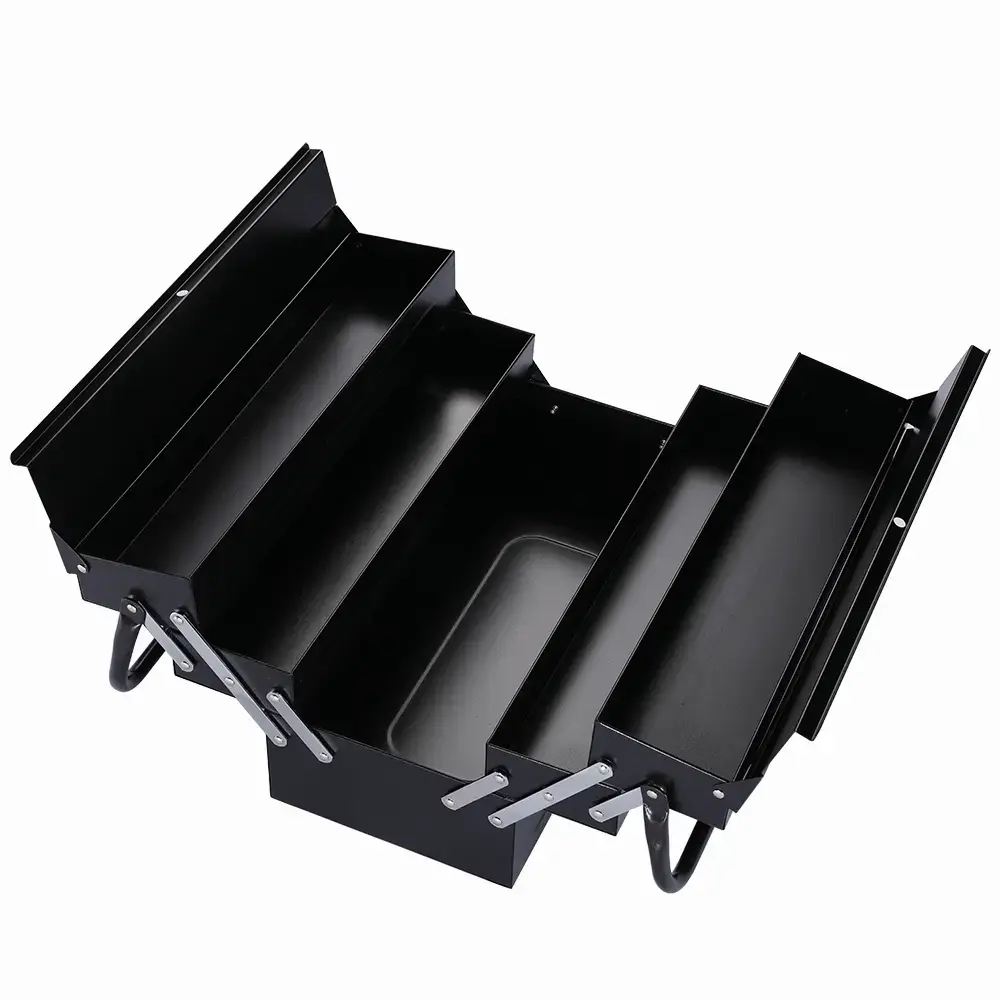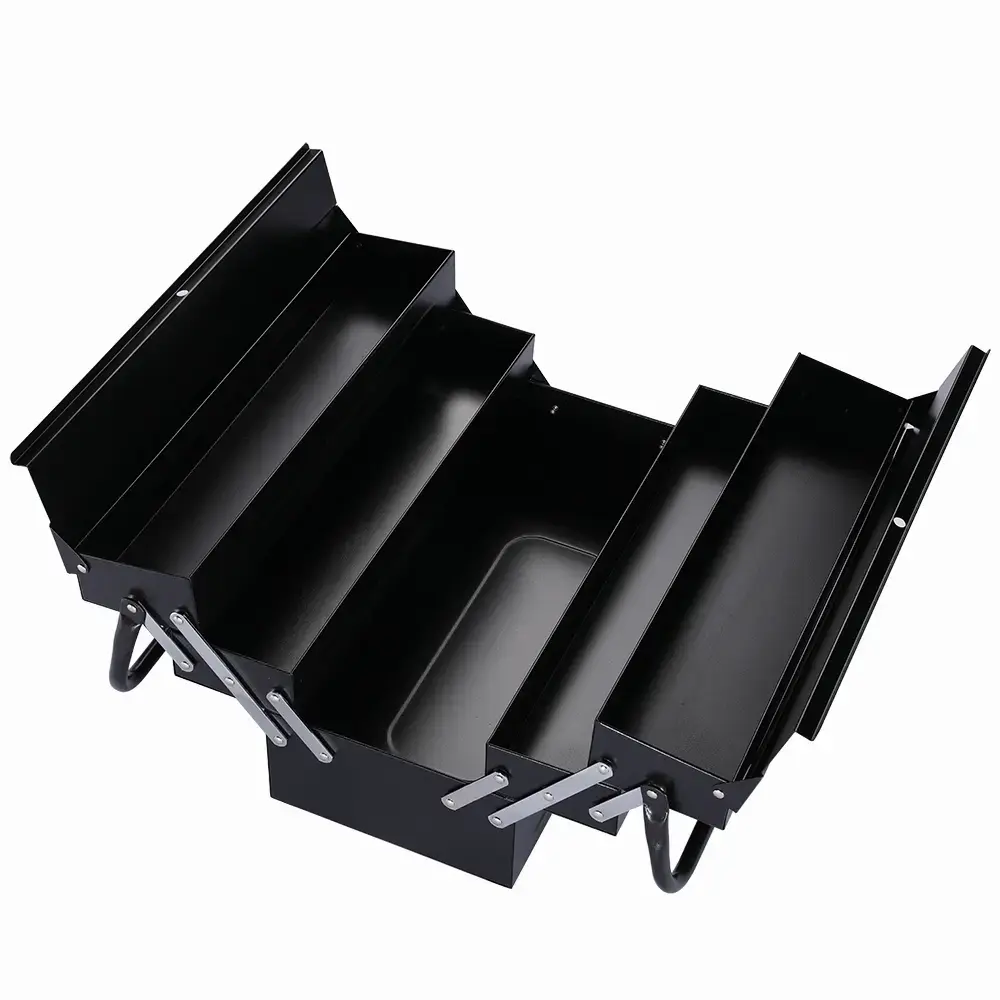The ecological footprint of the toolbox: Environmental impact analysis
In today's era of increasing environmental awareness, understanding the ecological footprint and environmental impact of the toolbox has become especially important. As a common storage and transportation tool, the toolbox is widely used in the home, commercial and industrial fields. This article will analyze the environmental impact of the toolbox in terms of material sources, manufacturing processes, transportation methods, and maintenance, and explore how to reduce its ecological footprint.
1. Material source and environmental impact
The source of a toolbox's materials is critical to its environmental impact. Common toolbox materials include plastics (such as HDPE and PP) and metals (such as aluminum and steel). HDPE has good chemical stability and impact resistance, but poor anti-aging performance. PP has a high melting point and good elasticity, but weak resistance to ultraviolet light. Metal toolboxes are typically made of aluminum or steel, which are durable and recyclable, but consume more energy during production.
Choosing eco-friendly materials is key to reducing the ecological footprint of your toolbox. For example, the use of recycled plastics or recycled metals can significantly reduce the consumption of natural resources. In addition, some manufacturers have begun to adopt environmentally friendly coatings and antioxidants to extend the life of the toolbox and reduce the waste generated by frequent replacement.
2. Environmental impact in the manufacturing process
The manufacturing process of the toolbox has certain environmental impacts. For example, the production of plastic toolboxes may involve processes such as degreasing cleaning, spraying and hot cleaning, which produce wastewater and exhaust gases. In order to reduce these impacts, manufacturers can adopt advanced production processes and equipment to reduce the generation and emission of pollutants. For example, the environmental impact of the manufacturing process can be effectively reduced through the proper disposal of waste and the use of environmentally friendly materials.
3.Mode of transportation and environmental impact
The way the toolbox is transported also has an impact on its ecological footprint. In cross-border logistics, container transport is a common choice. Container transport is efficient, flexible and eco-friendly, reducing carbon emissions during transport. However, empty container management and security risks during transportation are also issues that need attention. In order to reduce the environmental impact during transportation, companies can reduce unit transportation costs by optimizing logistics processes and increasing the loading rate of containers.
4. Maintenance and environmental impact of the toolbox
The maintenance and service life of a toolbox also have a significant impact on its ecological footprint. Durable toolboxes reduce waste from frequent replacement. For example, high-quality aluminum toolboxes have good corrosion resistance and a long service life, reducing the need for new resources. In addition, regular maintenance and maintenance can extend the life of the toolbox and reduce the waste of resources.

5. Summary
The ecological footprint of a toolbox involves many aspects such as material sources, manufacturing processes, transportation methods and maintenance. Through the selection of environmentally friendly materials, the use of advanced production processes, the optimization of transport processes and the extension of the life of the toolbox, the impact on the environment can be effectively reduced. Businesses and society should work together to promote sustainable development in the manufacturing and use of toolboxes and contribute to environmental protection.

